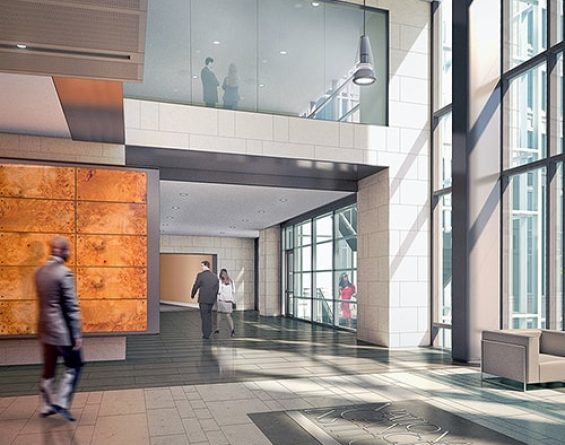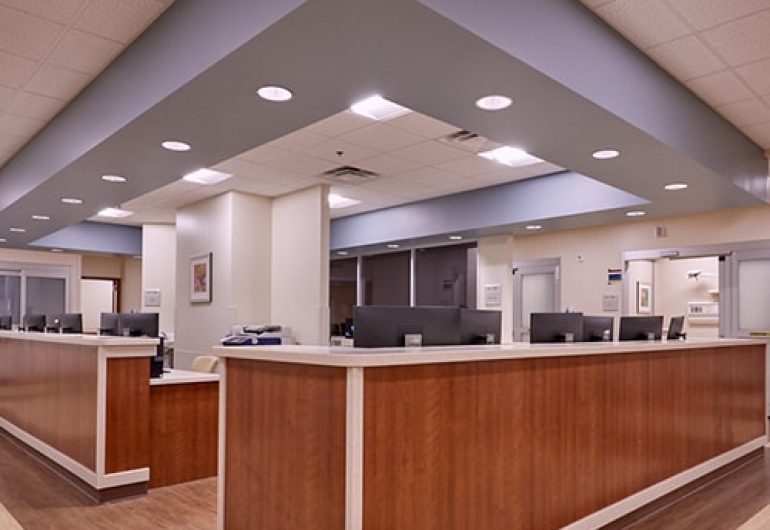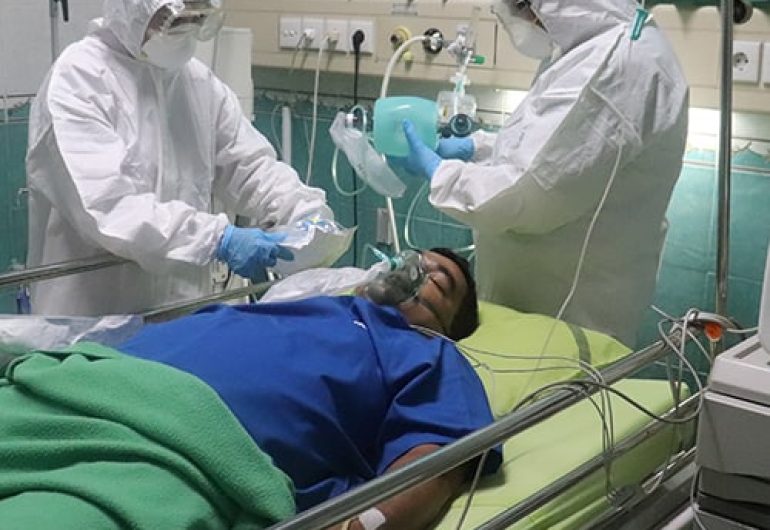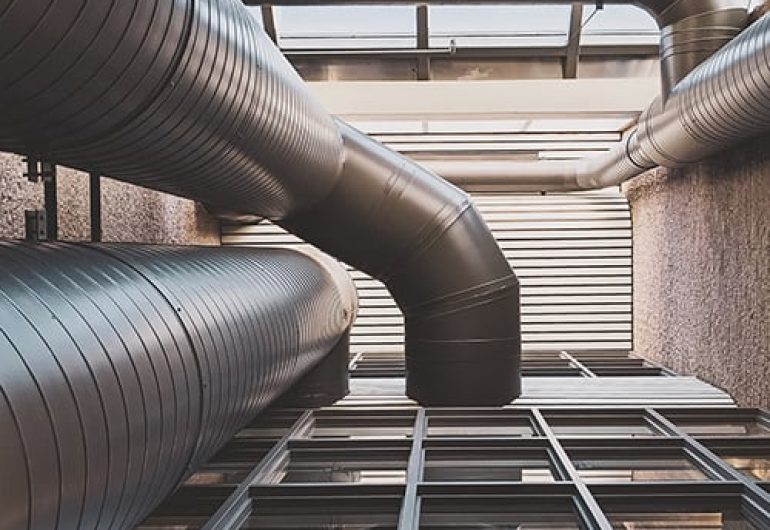Farewell & Goodbye: Lessons Learned Over a Lifetime of Cost Estimating
June 30, 2025

By Robert Armbrester, P.E., LEED AP, CEM
Indoor air quality (IAQ) is critical to the environmental conditions that help hospital patients heal. The role of the mechanical engineer in healthcare design is to support the healing process within our scope of practice, fostering the well-being and livelihood of our clients and their patients.
One of the best ways we can achieve this is simply paying careful attention to the proper functionality of HVAC systems.
The function of HVAC systems−air filtration, cooling, humidification, dehumidification, heating, removing pollutants, and space pressurization−has a significant impact on (IAQ) in these environments, not only for patients but on the productivity and engagement of the attendant healthcare staff.
Air handling units, typically located in remote mechanical rooms, are the most common means to deliver the requisite airflow for ventilation, cooling, humidification, heating, and infection control. When this flow is inadequate or inconsistent, the life-supporting and healing environment is compromised.
A lack of humidification and/or dehumidification can result in microbial growth on solid surfaces, aggravating respiratory conditions for vulnerable patients. A lack of heating and cooling capacity results in discomfort to patients and staff, hindering recovery and staff efficacy, while failure to provide infection control can quickly result in downstream infection to both patients and staff. Outdoor ventilation air is also critical to replace exhaust air and meet outdoor air change requirements for healthy building operation.
As a result, there must be a diligent focus on maintaining air handling systems, as the health of all building occupants can be seriously impacted when that maintenance is deficient.
In light of the on-going COVID-19 pandemic, studies involving the spread of pathogens from influenza and coronaviruses reveal that air humidity influences the spread of these diseases in three ways:
Influenza and coronaviruses generally show an amplified rate of transmission in areas of low humidity. Consequently, humidity control plays an important role in reducing the propagation of such pathogens within the healthcare setting.
Additionally, contagious patients and staff contribute to the degeneration of air quality:
These inherent risks associated with the hospital environment can most notably be regulated through the effective implementation of pressure relationships between adjacent areas.
Pressure cascades allow for potential contaminates to diffuse from areas of higher pressure to those with lower pressures. These pressure gradients are generally achieved through the supply of additional ventilation air into a positive area, or through the installation of exhaust systems for negative spaces.
Due to tighter construction standards and the elimination of operable windows in most healthcare facilities, indoor air quality is typically achieved through mechanical ventilation. ASHRAE Standard 170 “Ventilation for Healthcare Facilities” is the guideline from which hospital design criteria are established.
These standards address baseline minimums for ventilation air based on the room volume of a given space occupancy and occupant density, helping to ensure that there is an adequate turnover between recirculated air and outside air. The general idea is to continually flush each room with adequate outside air so that potential contaminants can be removed from the building. Of course, the quality of the outside air is also of primary importance.
Since medical centers are located in both high- and low-density population areas, the quality of the outside air is an uncontrolled variable. For less vulnerable occupancies, minimum efficiency rating values (MERVs) dictate the requisite performance of air filters required for each space. In more critical locations, high efficiency particulate air (HEPA) filters are installed. The most susceptible areas within these healthcare facilities will employ the use of ultra-low penetration air (ULPA) filters. Proper maintenance and inventory of these various filtration measures is essential in maintaining healthy IAQ for the patients and staff.
Although these engineering interventions affecting indoor air quality impose added capital and operating costs, the associated expenses can be effectively offset through the improved rate of patient recovery and enhanced productivity of the staff.
While IAQ significantly influences patient recovery within a healthcare setting, other environmental elements play a critical role as well, including room size and privacy, occupant control of the environment, exposure to music, sunlight, and external views. These design considerations, however, are typically coordinated by the architectural design professional.




